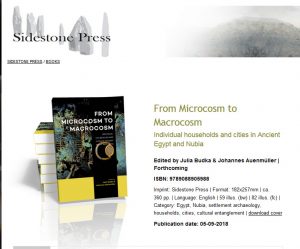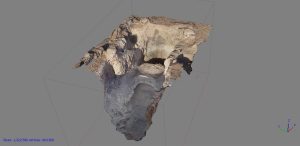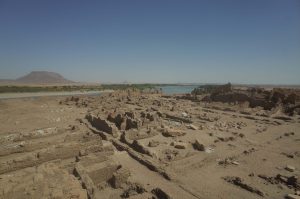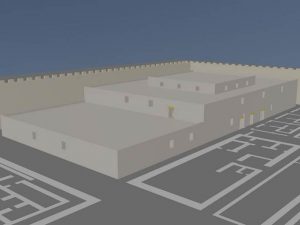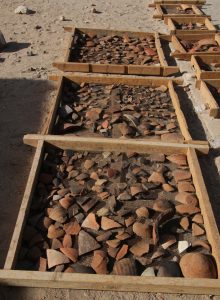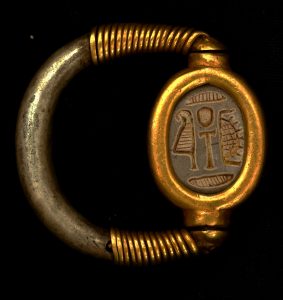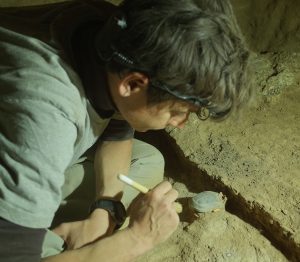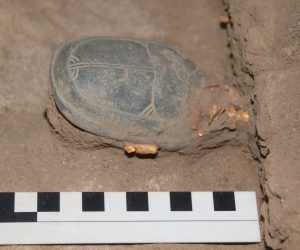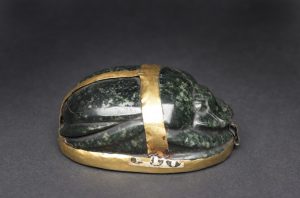Currently preparing the next volume of AcrossBorders’ monographs dedicated to our work on Sai, I am just delighted to read some phrases about the history of research of the island.
The following is an account by Wallis Budge (Budge 1907) which I have illustrated with some pictorial memories of this splendid site in Upper Nubia where so much more work remains to be done in the future.
 “Sâî is a difficult place to reach, unless the traveller has his own boat with him. On January 2nd, 1821, Cailliaud crossed the river on a raft made of reeds and pieces of palm trunk.” (Budge 1907, 463)
“Sâî is a difficult place to reach, unless the traveller has his own boat with him. On January 2nd, 1821, Cailliaud crossed the river on a raft made of reeds and pieces of palm trunk.” (Budge 1907, 463)
 “Hoskins in June, 1832, needed no raft, for the water in the Western channel only came up to the camel’s knees, and he passed over to the island from the mainland without difficulty.” (Budge 1907, 463)
“Hoskins in June, 1832, needed no raft, for the water in the Western channel only came up to the camel’s knees, and he passed over to the island from the mainland without difficulty.” (Budge 1907, 463)
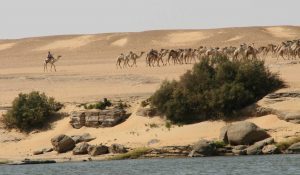 “Burckhardt, who must have been there in the winter, could obtain the use of neither ferry nor raft, and was therefore obliged to abandon his projected visit.” (Budge 1907, 463)
“Burckhardt, who must have been there in the winter, could obtain the use of neither ferry nor raft, and was therefore obliged to abandon his projected visit.” (Budge 1907, 463)
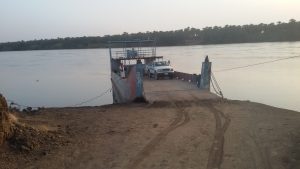 “On the following morning we had our boats loaded early, and dropped down the Nile with the current; as there was no wind we made good progress. In about two hours we sighted a mass of ruined walls which were built on the extreme edge of the Island of Sâî, close to the river. We found a convenient place on the bank and landed, and then climbed up a steep, rough path to the remains of what is called the “Castle of Sâî.”” (Budge 1907, 461)
“On the following morning we had our boats loaded early, and dropped down the Nile with the current; as there was no wind we made good progress. In about two hours we sighted a mass of ruined walls which were built on the extreme edge of the Island of Sâî, close to the river. We found a convenient place on the bank and landed, and then climbed up a steep, rough path to the remains of what is called the “Castle of Sâî.”” (Budge 1907, 461)
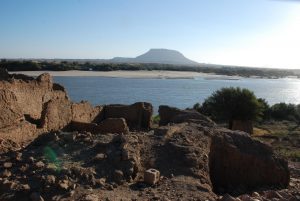 Reference
Reference
Budge, E.A. Wallis, The Egyptian Sudan. Its History and monuments, vo. I, London 1907.


